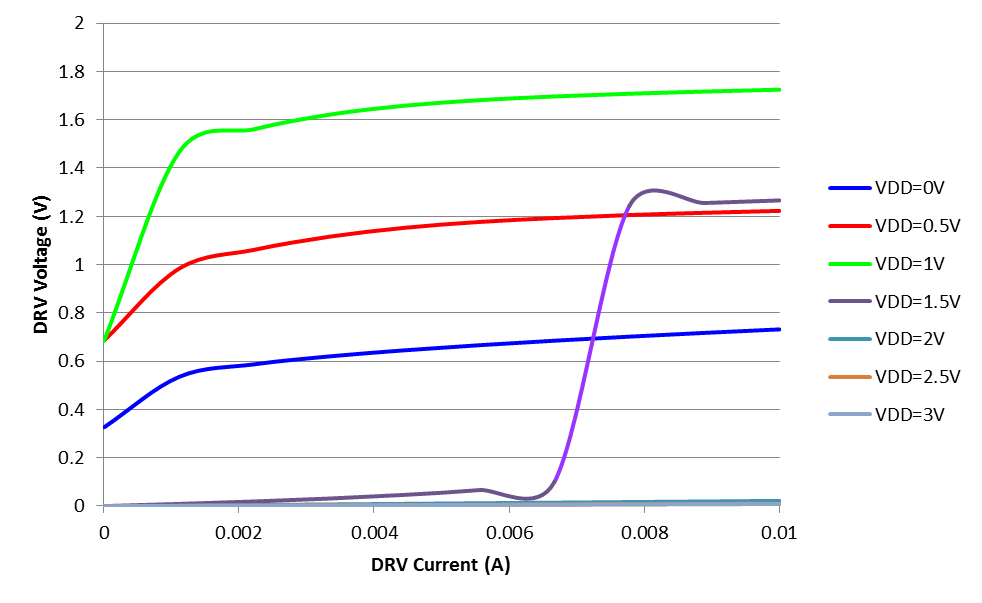Hello.
I have a question about UCC24630.
Datasheet P5
VDRVST DRV pull-down in start-up
I have a question about pull-down.
1 It is supposed to work at start-up.
Does it function even when it is stopped?(VDD = voltage below UVLO)
2 If the voltage of VDD is 2 V or less, is the voltage of DRV pin suppressed to 2 V or less?
3 If the DRV voltage is 2 V or less,
it is considered that a diode is built in the IC between the DRV terminal and the VDD terminal.
Is the diode actually built in?
If a diode is built in, please tell me the specifications (MIN, MAX) of Vf and If of this diode
thank you


